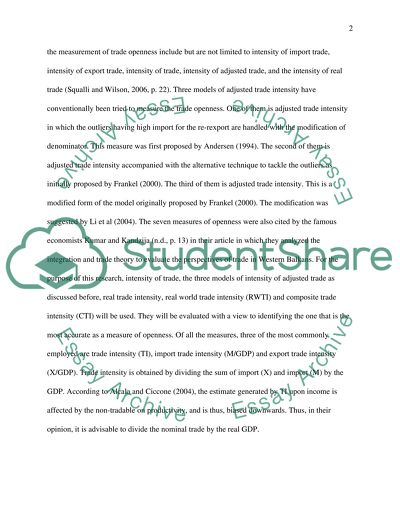Cite this document
(“The Relationship Between Trade Openness and FDI Literature review”, n.d.)
Retrieved de https://studentshare.org/macro-microeconomics/1391129-the-relationship-between-trade-openness-and-fdi
Retrieved de https://studentshare.org/macro-microeconomics/1391129-the-relationship-between-trade-openness-and-fdi
(The Relationship Between Trade Openness and FDI Literature Review)
https://studentshare.org/macro-microeconomics/1391129-the-relationship-between-trade-openness-and-fdi.
https://studentshare.org/macro-microeconomics/1391129-the-relationship-between-trade-openness-and-fdi.
“The Relationship Between Trade Openness and FDI Literature Review”, n.d. https://studentshare.org/macro-microeconomics/1391129-the-relationship-between-trade-openness-and-fdi.


